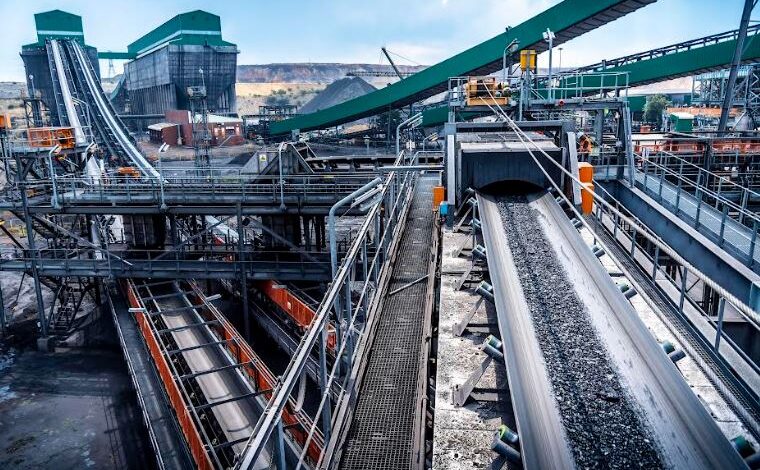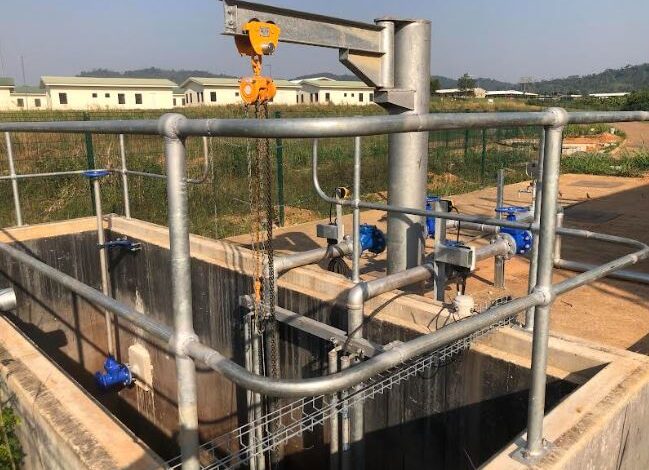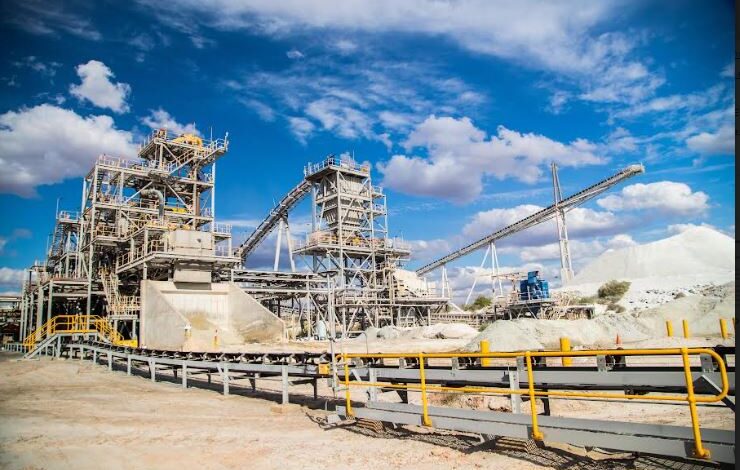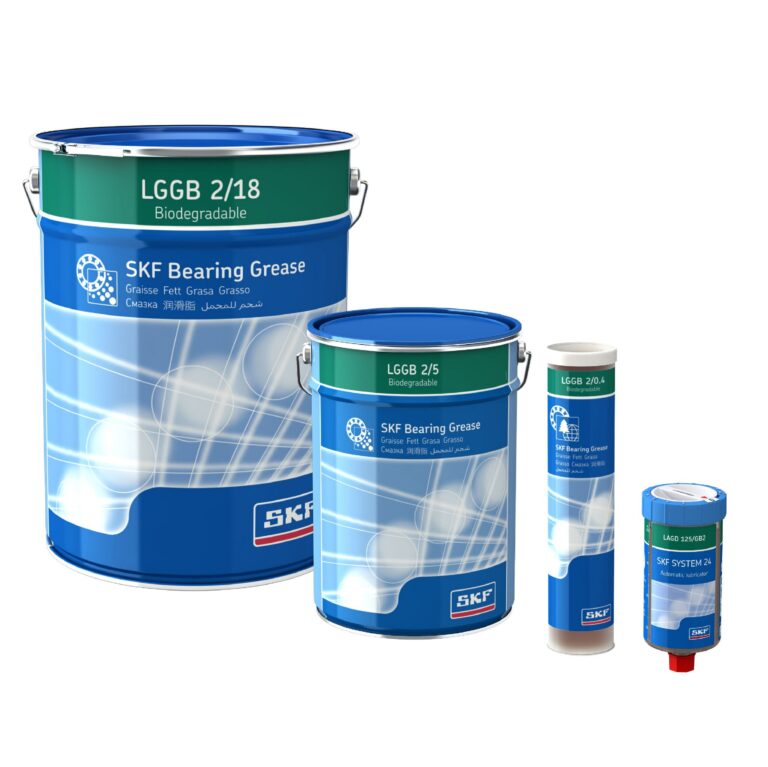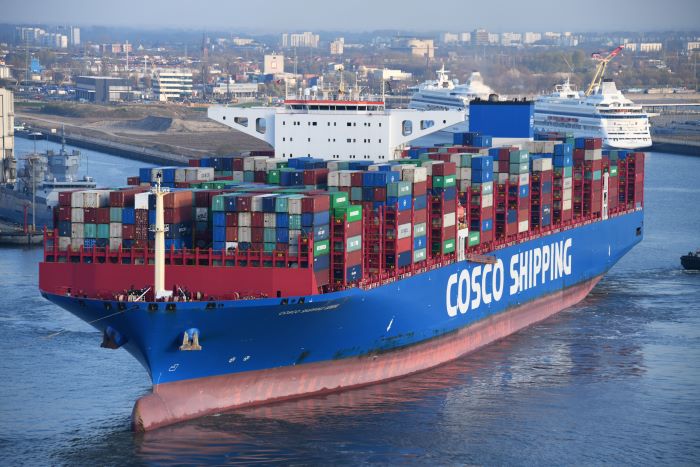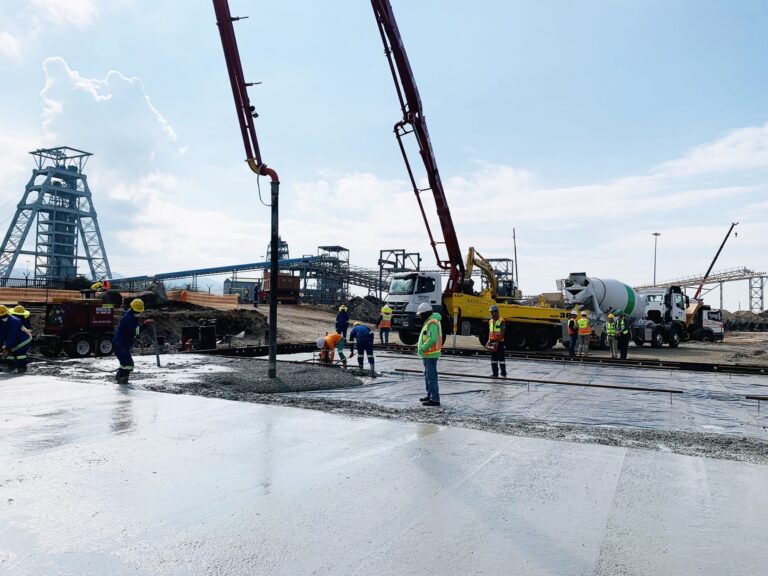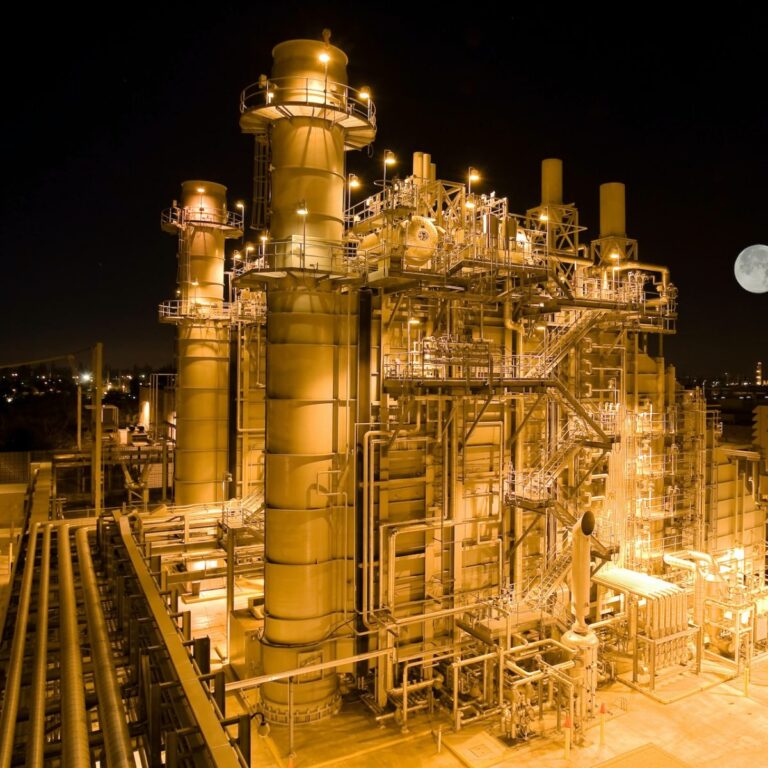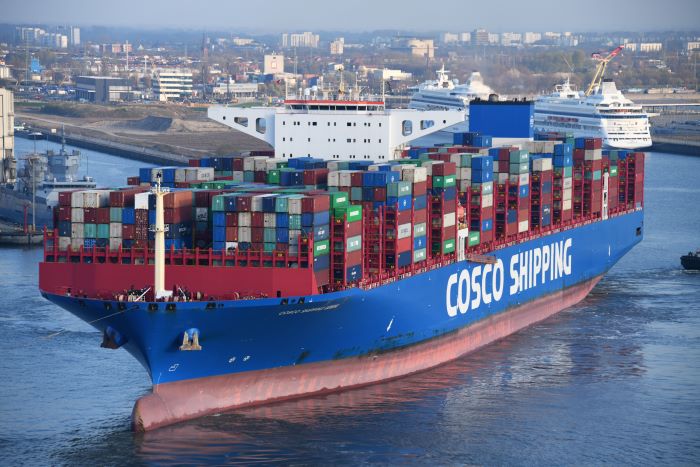BLURB FOR ONLINE PUBLICATIONS
With the growing popularity and versatility of fibres in concrete, CHRYSO works with local fibre specialist Oxyfibre to offer customers a professional technical design service. This relates to custom applications of CHRYSO® Macro polypropylene fibres, which are considered as structural elements in construction. Oxyfibre’s Izak Louw says this design offering ensures that contractors get the most from this innovative technology.
MEDIA RELEASE – 08/11/2022
DESIGN SERVICE OPENS MORE DOORS TO USING FIBRE IN CONCRETE
The use of fibres in concrete goes back to Roman times, but modern fibre technology now offers contractors and end-users almost limitless possibilities, which can be brought to life by the specialised design service from CHRYSO Southern Africa and Oxyfibre.
Izak Louw, operations manager at Oxyfibre, explains that CHRYSO® Macro polypropylene fibres compete with the conventional steel mesh as a reinforcement for concrete. As such, these macrofibres are considered as structural elements, and must pass stringent tests to prove the strength and integrity of their physical properties.
“This creates the basis for us to offer a specialised engineering design service for the application of our macrofibres, not only for ground supported slabs but also for precast concrete,” says Louw. “We use the customer’s data on loadings, ground conditions and the kind of activities that will be carried out on the concrete surface – such as rolling loads and racking loads.”
CHRYSO Southern Africa has been the official distributor for Oxyfibre since 2016, with the two firms having built a strong working relationship for many years before that. Oxyfibre makes available both microfibres and macrofibres supplied by Adfil Construction Fibres, who Oxyfibre represents in sub-Saharan Africa. ADFIL Construction Fibres bases its manufacturing facilities – as well as its research and development laboratory – in Belgium.
“Most of our customised fibre designs relate to civil engineering applications, such as roads and industrial slabs,” he says. “However, we also provide the design service in smaller contracts for driveways, residential homes and requirements on farms.”
Working closely with CHRYSO, the Oxyfibre engineering team considers the customer’s needs and provides feedback on aspects like fibre dosage, the size of saw-cuts on a slab and the optimal thickness of the concrete. A good example of the fibre design offering was for a building project where the contractor was looking for an innovative solution.
“The building had a large number of service conduits to be installed between the hollow core planks and the structural topping,” he says. “It was clear that there would not be enough space to use conventional steel mesh reinforcement.”
The contractor asked CHRYSO and Oxyfibre to find a solution that would allow space to install the service conduits and prevent cracking of the topping’s surface. The use of macrofibres did the trick, also saving on the time and cost of placing steel mesh reinforcement. Moreover, the fibres could be added to the concrete mix at the readymix plant, so there was no need for the storage or mixing in of fibres on site.
“With our tailored design service, we work closely with the customer to supply the required calculations and technical specifications,” he says. “We also produce a detailed commercial proposal that sets out the benefits of CHRYSO® Macro fibres; our service comes with professional indemnity.”
CAPTIONS
FIBRE PIC 01 : With CHRYSO’s tailored design service, the company works closely with the customer to supply the required fibre calculations and technical specifications.
FIBRE PIC 02 : Fibres used in the concrete mix design for an ore stockyard hard stand at a mine in Rustenburg.
FIBRE PIC 03 : CHRYSO® Macro polypropylene fibres serve as an alternative to steel mesh reinforcement in concrete.
FIBRE PIC 04 : CHRYSO macro fibres are suitable to both ground supported slabs and precast applications.
Hashtags
#readymix
#concrete
Contact information
On behalf of CHRYSO Southern Africa
www.za.chryso.com
LinkedIn : https://www.linkedin.com/company/chryso-southern-africa
From Coralynne & Associates
communicate@coralynne.co.za
Twitter : Coralynne_Assoc
LinkedIn : Coral-Lynn Fraser-Campbell


